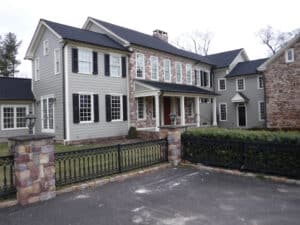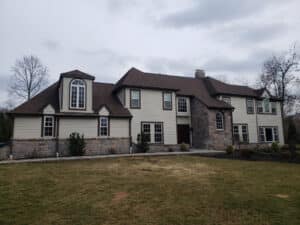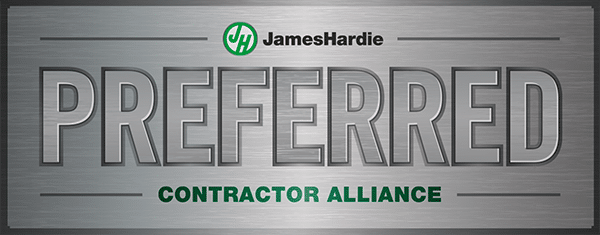 Contrary to popular belief, stucco failure is usually not caused by the stucco itself. Stucco failure is almost always the result of improper or incomplete installation. When stucco gained popularity in the late 20th century, many homes were constructed with stucco siding without proper knowledge of waterproofing material. As a result, extensive moisture problems lying beneath the surface of the stucco started showing through the surface of stucco homes all over the country, but especially in our region of Southeastern PA.
Contrary to popular belief, stucco failure is usually not caused by the stucco itself. Stucco failure is almost always the result of improper or incomplete installation. When stucco gained popularity in the late 20th century, many homes were constructed with stucco siding without proper knowledge of waterproofing material. As a result, extensive moisture problems lying beneath the surface of the stucco started showing through the surface of stucco homes all over the country, but especially in our region of Southeastern PA.
Nowadays, there has been extensive research into the proper way to install stucco in order to keep homes moisture-damage free and structurally sound. Manufacturers (like the ones we work with at Ai) have produced top-of-the-line products for keeping moisture out of the inner walls of stucco homes. Even today, however, many siding companies still do not understand proper stucco installation, which means moisture problems are very widespread.
Here are some of the most common installation mistakes we see, all causes of stucco failure.
Stucco Failure: Most Common Culprits
1. Missing or improperly installed sill-pan flashing.
Window sill pan flashing is an essential part of keeping moisture damage out of stucco walls. Windows and doors are a common entry point for water, and without a proper flashing system that includes a drainage path for water, the interior wall is not properly protected
2. Using replacement windows instead of new construction windows.
In the same vein, if the windows in a wall need to be replaced, retrofitting replacement windows won’t keep out water damage. Instead, new construction windows with the proper drainage channels will need to be installed.
3. Stucco without a drainage path above grade.
Stucco that extends below the grade and/or is missing a weep screed gives water no place to drain. Water, therefore, ends up going into the house, and in some cases the stucco below grade will wick moisture out of the ground through capillary action.
How To Address Causes of Stucco Failure
Sometimes, like in the case of stucco extending below grade, stucco failure causes are visible from the outside. In most cases, though, causes of stucco failure are “invisible”—that is, they are lying beneath the surface of the stucco.
For this reason, the #1 way to address any stucco problem is to have your stucco evaluated by a remediation professional. Simply replacing the stucco or patching the affected area will lead to catastrophic damage down the road—something you don’t want for one of your biggest investments: your home. At Ai Restoration, we have hundreds of satisfied customers whose trust we’ve earned by being honest, responsive, reliable and the leading building envelope specialists in the region. Reach out today to speak to one of our remediation professionals!













